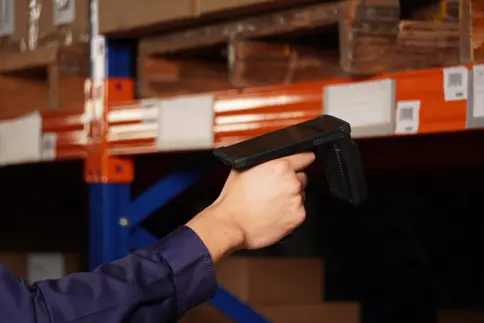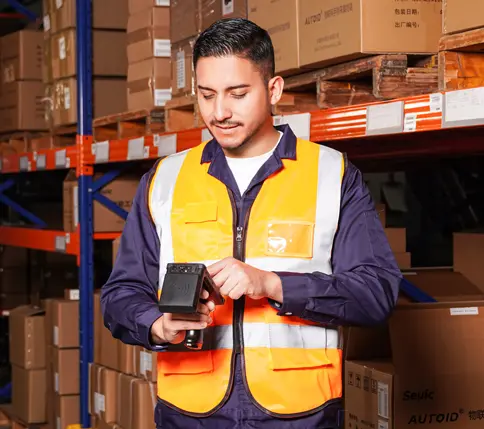Brief Introduction
Did you notice that your package is still arriving at a fast pace during the November Promotion? Since the development of the logistics industry, it has entered an era with a business volume of billions. Today, let's take a look at the application of RFID readers in logistics warehousing.

Everyone must be very aware of the specific process of the manual inventory model of traditional logistics and warehousing.
1. Logistics workers manually find corresponding product packages from the warehouse according to order requirements;
2. Workers classify packages through visual inspection, comparison, and experience;
3. The classified goods are packed into corresponding packaging boxes or pallets.
All process operations rely on visual recognition, which can easily lead to phenomena such as "omissions", "errors", and "chaos", which is time-consuming and labor-intensive, and the labor cost is very high.

The application of RFID readers has overturned the traditional manual inventory method and is widely used in scenarios such as warehousing management, outbound management, and inventory management in logistics warehousing.
1. Warehousing Management
By using RFID technology instead of traditional barcode scanning, it is possible to quickly store items in storage. When an item enters the warehouse, RFID readers will scan the RFID tags attached to the item and store them in the warehouse management system, avoiding problems caused by traditional labor-intensive operations and human error.
2. Outbound Management
By using RFID readers to identify RFID tags on packages, they can be stored in the warehouse management system, quickly determining the location of packages, avoiding the problem of traditional barcode scanning methods that require scanning one by one, and improving the outbound speed. This eliminates the need for traditional scanning methods to scan one by one, greatly improving the outbound speed.
In the outbound system, RFID readers can automatically determine the pickup area and optimal pickup path according to the requirements of the item's outbound order. After scanning the RFID tags of the goods and storage locations, confirm the outbound items and update the inventory. When the article arrives at the exit channel, the RFID reader will automatically read the RFID tag, and call out the corresponding information in the database. Compared with the order information line, if it is correct, it can be delivered, and the inventory of the goods will be deducted accordingly; If there is an abnormality, the warehouse management system will display a prompt message for staff to handle it conveniently.
3. Inventory Management
RFID readers can achieve automated management of items on shelves in the warehouse, including real-time monitoring and updating of inventory quantity, status, and other information. In this way, warehouse managers can check the location and quantity of items at any time for better inventory management. Effectively improving inventory accuracy and management efficiency.- The Critical Role of Mobile Computers in Warehouse Logistics2025-06-25
- Seuic Mobile Computers: Multi-Scenario Efficiency Solutions2025-06-24
- Operation Guide and Industry Applications of Seuic Mobile Computers2025-06-23
- How to Choose Mobile Computers for Your Industry Needs2025-06-20
- Mobile Computers: The All-in-One Tool from Data Collection to Industry Implementation2025-06-19